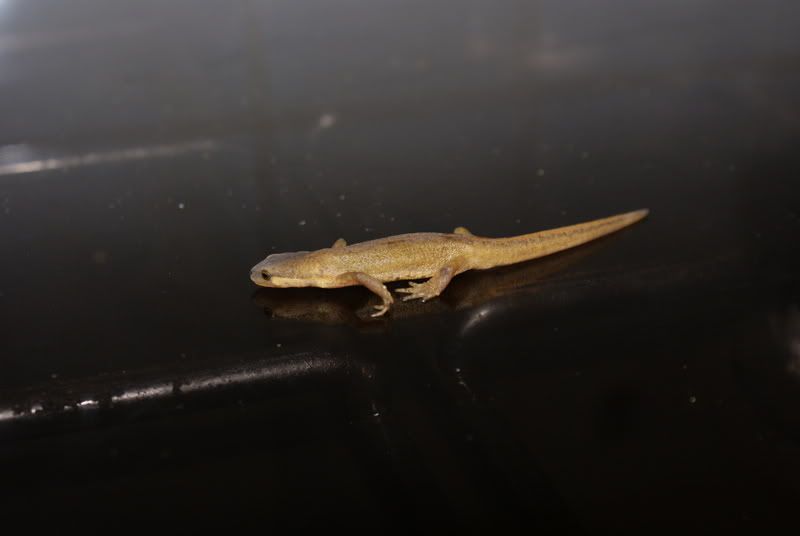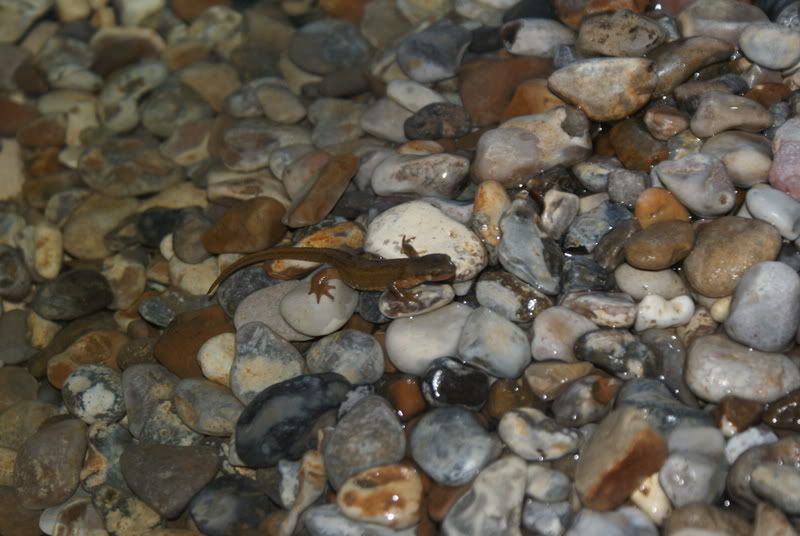Monstrous
New member
- Joined
- Aug 27, 2008
- Messages
- 7
- Reaction score
- 0
- Points
- 0
- Country
- United Kingdom
For about a month now, Larry (common newt, I think he is) hasnt appeared to be eating. He may have eaten once, or he simply walked through his food, can't tell. He is in a 20deg 15 gallon tank, half water, half stones with a little hiding area. He only ever wants to hide, never eats, tried all types of worms, mosquito larvae and brine shrimp, just doesnt want any of it. He seems to be moving really slowly now, and I 'think' he has turned a little lighter.
Really don't want little Larry to hit the hay, any ideas?
Thanks,
Monstrous
Really don't want little Larry to hit the hay, any ideas?
Thanks,
Monstrous



